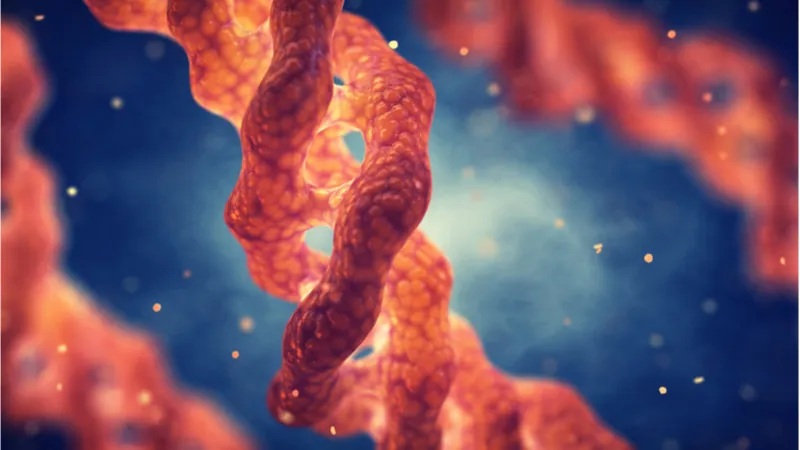The Extracellular Matrix (ECM)
The extracellular matrix (ECM) is a three-dimensional network that provides physical structure to the body and serves as a substrate for cells to live and grow.
The ECM may be an overlooked reason we age
Cells often modify the components of the ECM, such as osteoclasts and osteoblasts, which, respectively, degrade and lay down bone ECM.
Two of the most characteristic consequences of aging, wrinkled skin and stiffening arteries, are the direct result of changes to the ECM. Similar, detrimental changes occur with age in most tissues.
While these changes are certainly an end result of aging, ECM modifications are often overlooked as a cause of aging. Cells are sensitive to their environment and can drastically change their behavior based on the type of substrate where they currently reside.
Reliably reproduced experiments have shown various ECM characteristics such as stiffness and chemical composition to impact cell behaviors like proliferation rate (i.e. cancer, senescence), secretome (i.e. inflammation), differentiation (i.e. stem cell exhaustion, wound repair) and cellular maintenance (i.e. metabolism, autophagy).
Consensus is currently building to regard ECM-related changes, particularly matrix stiffening, on a similar level to the other hallmarks of aging. [1]
Literature
[1] Fedintsev, A. and Moskalev, A. Stochastic non-enzymatic modification of long-lived macromolecules – A missing hallmark of aging, Ageing Research Reviews (2020). https://doi.org/10.1016/j.arr.2020.101097

